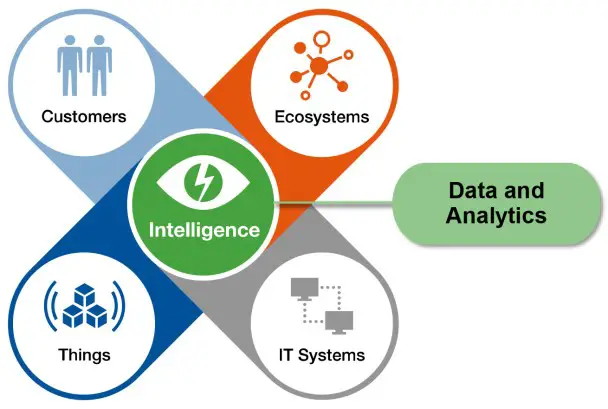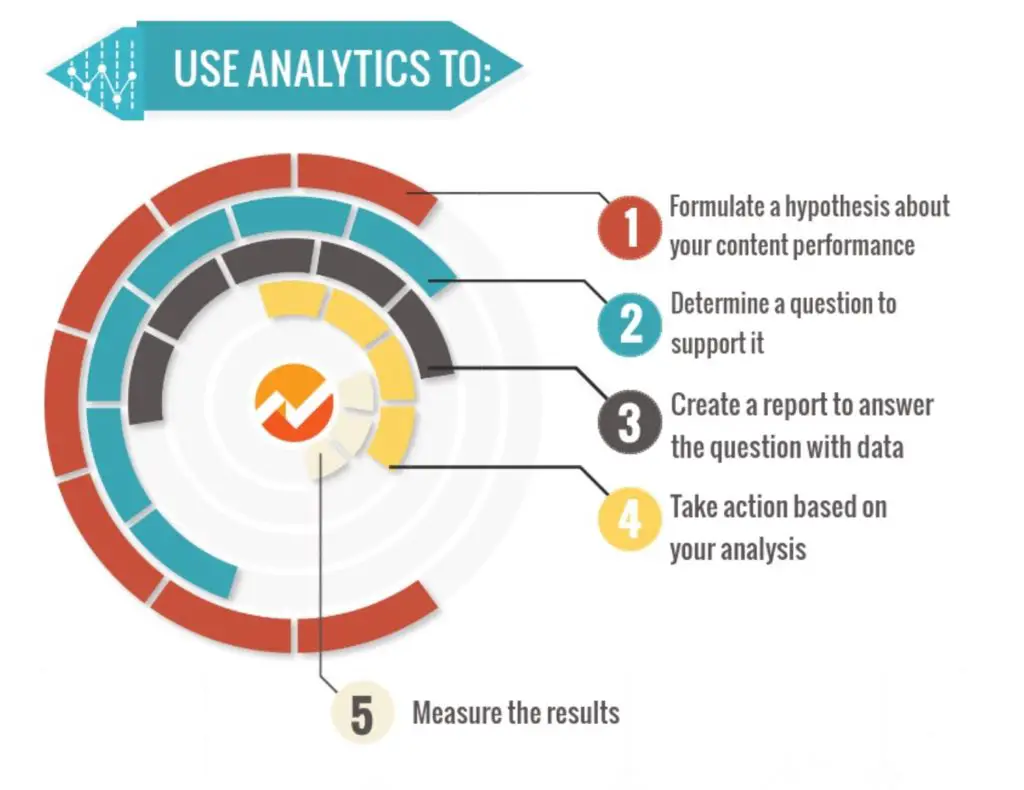There’s no question that analytics is important in a wide range of areas and the product is no different. Statistics are present in a lot of areas in your life and the products you produce are just one of them.

Find the z score values you need.
Why Analytics?

By asking this question, you are trying to understand why analytics to a product is important.
So, when you create a product in your company, you need to answer some questions. These may include:
- Is it to enable end users of your product?
- Will it serve for your internal product intelligence?
- Is it because every other product has some flavor of analytics?
- Investors asking for it?
- Is it the next big strategy for the product roadmap?
- You have hired a data science team; you do not know what to do with?
- Would it provide a better selling proposition for the sales team?
- If your clients are asking for their usage statistics?
What In Analytics

It’s normal that when you want to build before you actually start building. Similar is true for analytics.
So, you need to ensure that you know the function the product will have, its intended use, and the users. To do this, you need to be able to answer the following questions:
- Do you want to enable reporting of various metrics for admins of your B2B platform?
- Would you leverage AI/ML for a product feature for end users?
- Are you looking for more in-depth product intelligence?
- Is it a good to have feature, without much usability? OR it is going to be the prime feature offering?
Understanding the differences between significance level, confidence level, and confidence interval.
How To Analytics

Now that you already addressed the why and what, it is now time to consider how to deliver it. Moreover, when we are talking about analytics, data is the centerpiece. Data enforces the need for a completely new ecosystem of processes and practices to meet the regulatory, trust, and demand obligations.
Some of the data management systems you can use include:
- Database systems: The primary infrastructure that would act as the cornerstone of the analytics strategy: database to store the data.
- Master data and metadata management: This is the definition, the identity, the identifier, the reference via which every data call will be directed. It is essential to know and govern extensive data assets.
- Quality control: Bad data will severely hamper the trust and actionable knowledge in business operations. Data has to be unique, complete, and consistent.
- Integration definition: For analytics to be practical and actionable, data has to flow in from varied sources. This can be a transfer between different products or join between multiple modules within the platform.
- Warehouse: The transactional data or raw data stored from a platform might not be ideally designed for analytics. Joining a dozen of tables on the fly would impact not just the throughput but also the very feasibility of insight generation. A purpose-built data warehouse is an efficient step towards integrating data from multiple heterogeneous sources. However, this may lead to a near-real-time system with some delay in data availability.
Learn more about variance analysis.
- Transformation: Data transformation is an integral part of data integration or data warehousing, where the data is converted from one format/structure to another. It involves numeric/date calculation, string manipulation, or rule-based sequential data wrangling processes.
